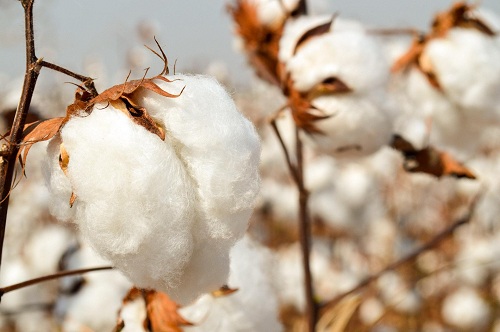SunSirs: Demand Lacks Strong Support, Chinese Dry Cocoon Drops by Nearly 30% in 3 Months
April 17 2020 09:15:55 SunSirs (Linda)
According to SunSirs price monitoring, the Chinese cocoon silk market has been declining in the past three months. As of April 16, the average price of the dry cocoon market was 88,000 yuan / ton, down 29.88% from January 16, and the average price of raw silk market was 276,500 yuan / Ton, down 26.85% from January 16. At present, the price of dry cocoons in Jiaxing, Zhejiang is 87,000 yuan / ton, the price of raw silk is 270,000 - 290,000 yuan / ton, the price of dry cocoons in Guangxi is 89,000 yuan / ton, and the price of raw silk is 279,000 yuan / ton. The current market transactions are still cool.
With clear weather, many spring cocoons in Guangxi began to be listed. Starting from last week (around April 10), the first batch of spring cocoons in Xincheng, Guangxi began to be listed in the first half of the year. On April 14, it was learned from some local silkworm cocoon purchasers that the number of local spring cocoons was gradually increasing, and the quality of fresh cocoons on the market varied. The factory purchase price is based on quality, and the current price is basically maintained at around 28-30 yuan / kg. It is currently at the peak of the silkworm cocoon market, and the local silkworm cocoons are still on the market. The current purchase price of Heng County in Nanning is maintained at around 26-32 yuan / kg, and the purchase price of silkworm cocoons in Baisenapo County is between 26-40 yuan / kg, which varies according to the quality. The quality of cocoons is good and the price is high with large fluctuations.
It is learned from some cocoon stations in Heng County and Xincheng that on April 10, the first batch of spring cocoons in Xincheng silkworm district began to be listed this year. Thanks to the warm winter of this year, the listing time was earlier than last year. The baking work is fully started. It was learned from some local acquisition units that the purchase price was around 30 yuan / kg, which was a drop compared with last year. As the market for cocoon silk continued to slump, some factories automatically lowered the purchase price of fresh cocoons. As of April 15, Xincheng's purchase price was around 26-28 yuan / kg. The purchase price of Heng County in Guangxi was 25-27 yuan / kg, a decrease of 1-5 yuan / kg from the previous day.
In addition, Silkworm District in Guangxi and Liucheng Silkworm District, Guangxi and even the national silkworm owner production areas, will begin to list spring cocoons around April 25.
In terms of imports and exports, from January to February, China's total imports and exports of real silk commodities amounted to $ 255 million, down 24.18% year-on-year, accounting for 0.74% of China's total textile and apparel imports and exports. Exports amounted to $ 225 million, a year-on-year decrease of 24.02%. Affected by public health incidents, China's exports of real silk commodities fell sharply in February, leading to a 10-30% year-on-year decline in the three categories of exports from January to February. The silk product dropped the most, reaching 30.26%. From January to February, the import value of real silk commodities was 29.513 million US dollars, a year-on-year decrease of 25.41%.
The downstream terminal textile market has a serious shortage of orders, and textile companies are generally facing greater operating pressure. Since the resumption of production, the steadily increased capacity utilization rate has begun to gradually decline, and some companies have begun to reduce the startup rate in the form of rotation and vacation. At the same time, due to insufficient demand and the decline in production and sales, many companies have recently experienced inventory backlogs, and the pressure on capital turnover has become prominent. Out of the need to recover funds or lack of confidence in the market prospects, many companies have shipped at low prices, resulting in silk price transactions fall.
SunSirs analysts believe that the traditional ‘gold March and silver April’ demand is difficult to prosper in the peak season, terminal companies cancel foreign orders frequently, the domestic order market is also relatively sluggish, and the stocks of textile companies have risen again. The consumption situation and market confidence have fallen sharply, and construction is expected to be lowered. Demand lacks strong support, and the price of cocoon silk will continue to weaken in the near future.
If you have any questions, please feel free to contact SunSirs with support@sunsirs.com.
- 2023-12-13 SunSirs: Shaanxi Shiquan Achieved a Total Output Value of 1.8 Billion yuan in the Sericulture Industry
- 2023-07-25 SunSirs: Domestic Silkworm Market Situation on July 24th
- 2023-06-02 SunSirs: Zhenyuan, Yunnan: Spring Silkworms Spit out the First Batch of Silk Cocoons to Celebrate a Harvest
- 2023-04-25 SunSirs: Domestic Silkworm Pupa Market Situation on April 24th
- 2023-04-04 SunSirs: The Number of Spring Cocoons on the Market in some Areas of Guangdong has Increased



